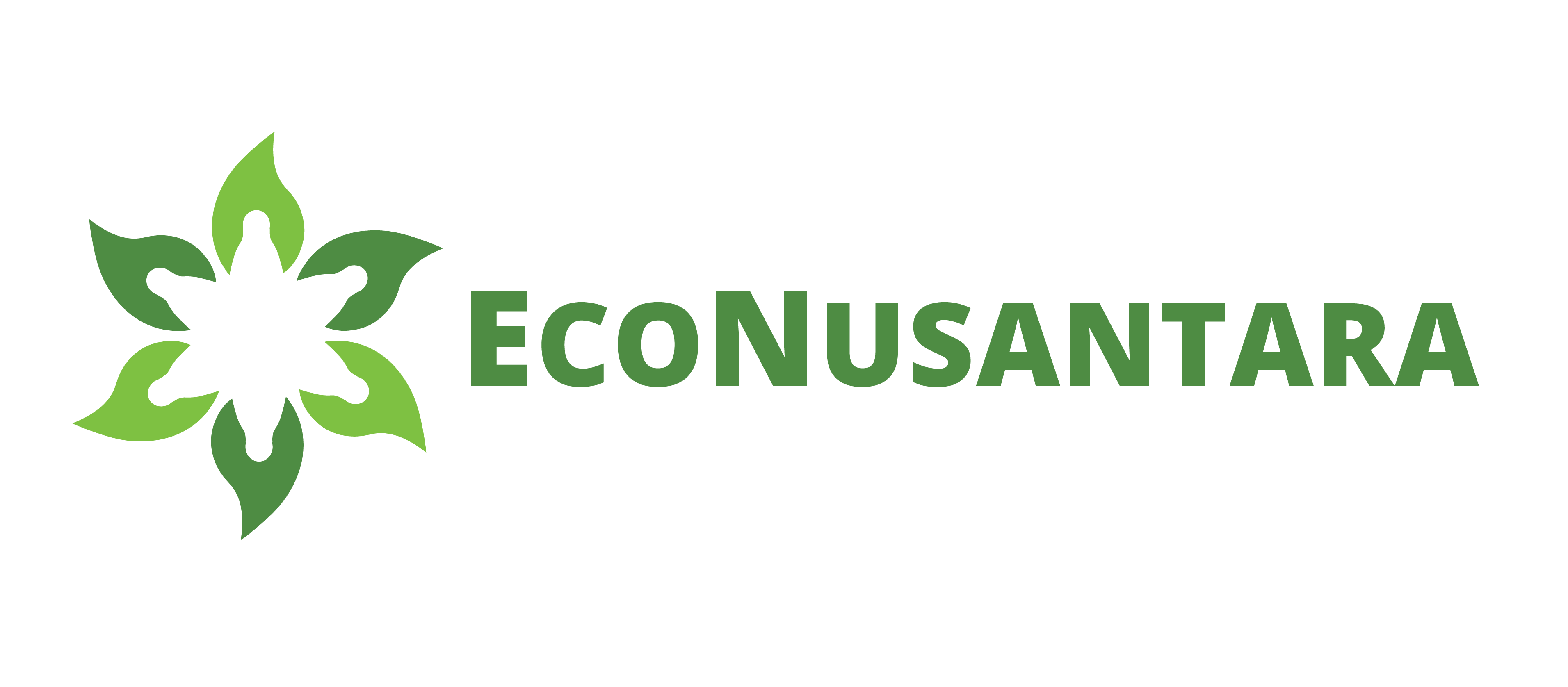When we’re excited to develop a carbon project, and already have a potential project location – which we think is a perfect fit as a carbon farm. Suddenly, the spirit seemed to be buried with panic getting news from a carbon project development consultant, that we need to pre-feasibility including project scoping studies. Isn’t it possible to directly feasibillity a carbon project? Then continue with the creation of a Project Design Document (PDD)? Then, can we sell carbon?
Unfortunately it’s not that easy. The pre-feasibility study will determine the character of the carbon project that is considered suitable for the site conditions, as well as determine the appropriate project methodology to be developed, including the identification of plots of sample biomass that need to be measured during the project feasibility study. If coupled with social analysis, potential threats to future projects will be identified, so that in the feasibility study of the project, the social study will be more targeted. More focused, pre-feasibility studies can determine whether or not a carbon project is feasible to continue its development.
Unfortunately, we often want to immediately “sell” carbon, and verified carbon as well. Whereas globally, REDD projects that have passed the pre-feasibility stage and feasibility studies still provide a bad picture. The news is that of the approximately 30 potential projects submitted in recent months, fewer than 6 have passed the minimum criteria for a carbon project. To put it plainly, “the project will not produce enough verified carbon that can cover costs”. Tony Wood – a carbon project development specialist (address on LinkedIN) says that, “no matter how much you want to generate carbon credits from the tropics, the cost of the project will be very expensive! “
Until now, when we talk about “carbon trading”, many people are still confused because this business is like trading “supernatural goods”. Or, those who have heard of it, often think that by protecting forests, we can directly compensate them through carbon trading. Unfortunately, there are so many questions in its preparation. For example, the question of the “additionality” of the carbon projects being developed, and “what will carbon projects do differently to produce carbon credits? ” The fact that the mechanisms of carbon projects and the way carbon is generated are not yet understood by everyone is a terrible reality.
On the other hand, the restriction of natural forest areas with PBPH (Forest Utilization Business Permits) is actually a problem in carbon projects. One permit is only granted for the use of 50,000 ha of forest, whereas to produce enough carbon to cover the cost of the project, an 80,000 ha forest area is needed. Complicated right?
Now we look at it from its carbon side. The simple question, “what is enough carbon to do business in this project?” According to Tony Wood, you will roughly need about 300,000 tons of carbon production per year to be sold under the benchmark DMO[][1], cutting commitment to community empowerment. A project that produces more than 1 million tons of carbon per year will provide reasonable business results. Projects that produce between 500,000–1 million tonnes of carbon per year will simply “vanish” or “lose money” if the project is owned by multiple parties, or shareholders. If the project only produces under 500,000 tons of carbon per year, it’s best to rethink, or study the “baseline” carefully before spending too much capital.
In general, here are the things to pay attention to.
- Carefully study the “baseline” performed. Ensure the “additionality” of the developed project.
- Make sure that the methodology used is correct. Also make sure, that your consultant understands allometric carbon calculations.
- Be prepared to spend quite a lot of money on a professional PDD. The stronger the PDD, the easier it is to sell credit at a premium price in the future.
- Pay close attention to what the total cost of project implementation is. Create a realistic budget. Under-spending in the early years can actually harm the business itself.
- Properly understand the social situation in and around the project area, because you have to work with these people for the sustainability of the project.
- Government licensing – especially with regard to the carbon business – is very important to understand.
It must be acknowledged that REDD projects are increasingly scarce, but the opportunity for ARR combined with renewable energy and/or agricultural projects will be a “big issue” in the future.
[1] Default Market Offer (DMO) be Limitation price that must Followed by Retailersthat Customized every year, to Ensure remain Line with change in the market carbon.

